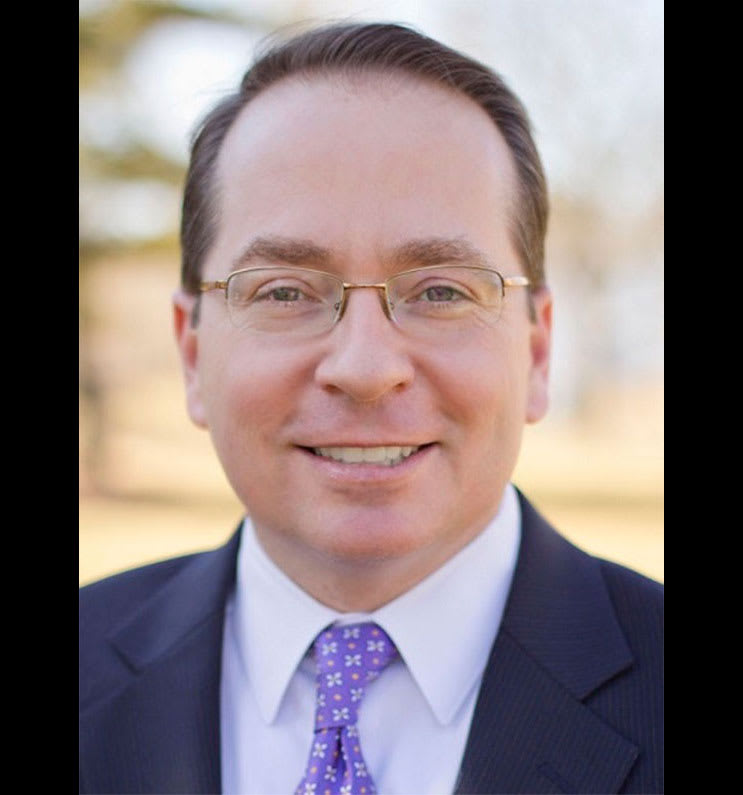
Daniel T. McKillop
Partner
201-896-7115 dmckillop@sh-law.comFirm Insights
Author: Daniel T. McKillop
Date: June 28, 2017

Partner
201-896-7115 dmckillop@sh-law.comEnvironmental Protection Agency (EPA) Administrator Scott Pruitt recently issued a memorandum stating that he plans to prioritize the agency’s Superfund cleanups. According to Pruitt, Superfund cleanup efforts “will be restored to their rightful place at the center of the agency’s core mission.”

Remediating superfund sites is multi-phase process that typically takes several years. Prior to any cleanup taking place, the EPA must conduct a preliminary site assessment, complete the National Priorities List (NPL) site listing process (if applicable), perform a remedial investigation/feasibility study, issue a record of decision, and implement a remedial design/remedial action.
New Jersey leads the country with 114 Superfund sites, which is the designation given to the areas of the country with the most severe environmental contamination. Accordingly, the proposed changes to the cleanup process will certainly be felt across the state.
Pruitt’s announcement follows the EPA’s recent amendment of the delegations of authority under the Comprehensive Environmental Response, Compensation, and Liability Act (CERCLA). The amendment pulls back to the Administrator’s Office the authority to issue remedy selection decisions when the estimated cost of the remedy exceeds $50 million.
The authority to issue remedy selection decisions when the estimated cost of the remedy exceeds $50 million had been previously delegated to the Assistant Administrator for Office of Land and Emergency Management and the Regional Administrators. The latter officials retain the authority to make remedy selection decisions under $50 million and other response action decisions.
With regard to that change, Pruitt stated that “this authority had been delegated many layers into the bureaucracy, resulting in confusion among stakeholders and delayed revitalization efforts. Putting the decision of how to clean up the sites directly into the hands of the administrator will help revitalize contaminated sites faster.”
In addition to changes in the decision-making process, the EPA plans to form a task force to make recommendations on how to “restructure the cleanup process, realign incentives of all involved parties to promote expeditious remediation, reduce the burden on cooperating parties, incentivize parties to remediate sites, encourage private investment in cleanups and sites and promote the revitalization of properties across the country.” Below are several actions that the EPA plans to take:
Do you have any questions regarding the EPA Superfund? Would you like to discuss the matter further? If so, please contact me, Dan McKillop, at 201-806-3364.
No Aspect of the advertisement has been approved by the Supreme Court. Results may vary depending on your particular facts and legal circumstances.

Using chattel paper to obtain a security interest in personal property is a powerful tool. It can ensure lenders have a legal claim on collateral ranging from inventory to intellectual property. To reduce risk and protect your legal rights, businesses and lenders should understand the legal framework. This framework governs the creation, sale, and enforcement […]
Author: Dan Brecher

For years, digital assets operated in a legal gray area, a frontier where innovation outpaced the reach of regulators and law enforcement. In this early “Wild West” phase of finance, crypto startups thrived under minimal oversight. That era, however, is coming to an end. The importance of crypto compliance has become paramount as cryptocurrency has […]
Author: Bryce S. Robins

Earlier this month, the U.S. Supreme Court issued a decision in Ames v. Ohio Department of Youth Services vitiating the so-called “background circumstances” test required by half of federal circuit courts.1 The background circumstances test required majority group plaintiffs pleading discrimination under Title VII of the Civil Rights Act to meet a heightened pleading standard […]
Author: Matthew F. Mimnaugh

Special purpose acquisition companies (better known as SPACs) appear to be making a comeback. SPAC offerings for 2025 have already nearly surpassed last year’s totals, with additional transactions in the pipeline. SPACs last experienced a boom between 2020–2021, with approximately 600 U.S. companies raising a record $163 billion in 2021. Notable companies that went public […]
Author: Dan Brecher

Merging two companies is a complex legal and business transaction. A short form merger, in which an acquiring company merges with a subsidiary corporation, offers a more streamlined process that involves important corporate governance considerations. A short form merger, in which an acquiring company merges with a subsidiary corporation, offers a more streamlined process. However, […]
Author: Dan Brecher

The Trump Administration’s new tariffs are having an oversized impact on small businesses, which already tend to operate on razor thin margins. Many businesses have been forced to raise prices, find new suppliers, lay off staff, and delay growth plans. For businesses facing even more dire financial circumstances, there are additional tariff response options, including […]
Author: Brian D. Spector
No Aspect of the advertisement has been approved by the Supreme Court. Results may vary depending on your particular facts and legal circumstances.
Consider subscribing to our Firm Insights mailing list by clicking the button below so you can keep up to date with the firm`s latest articles covering various legal topics.
Stay informed and inspired with the latest updates, insights, and events from Scarinci Hollenbeck. Our resource library provides valuable content across a range of categories to keep you connected and ahead of the curve.
Let`s get in touch!
Sign up to get the latest from the Scarinci Hollenbeck, LLC attorneys!